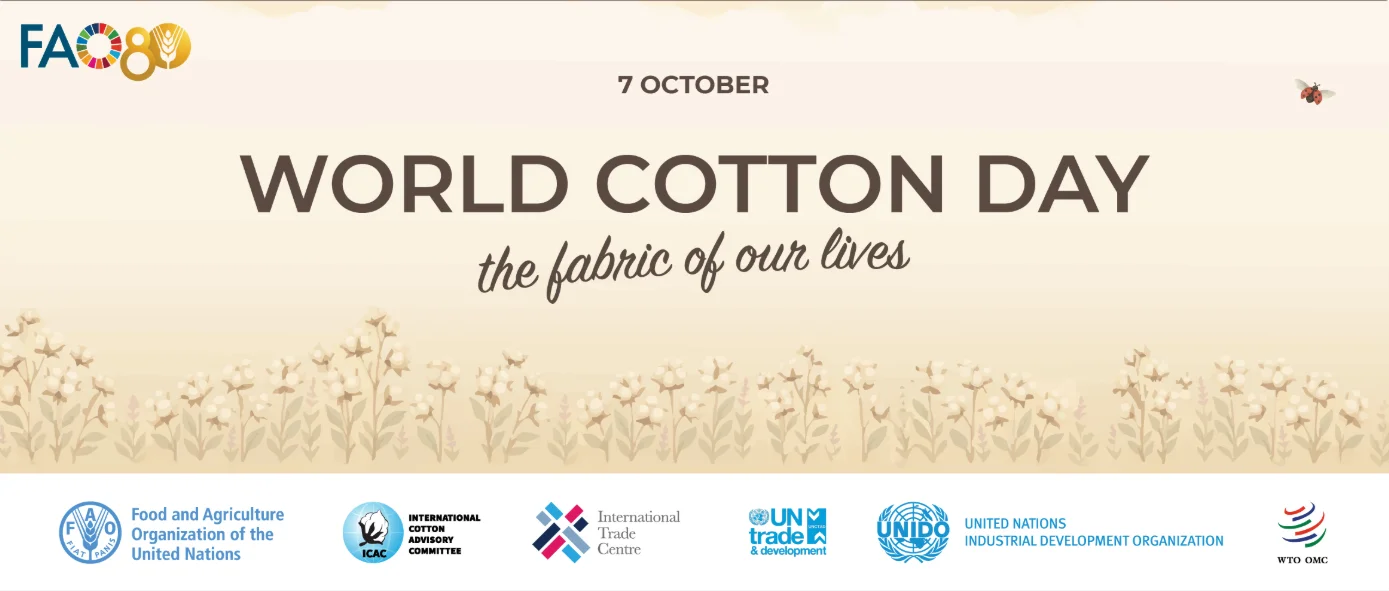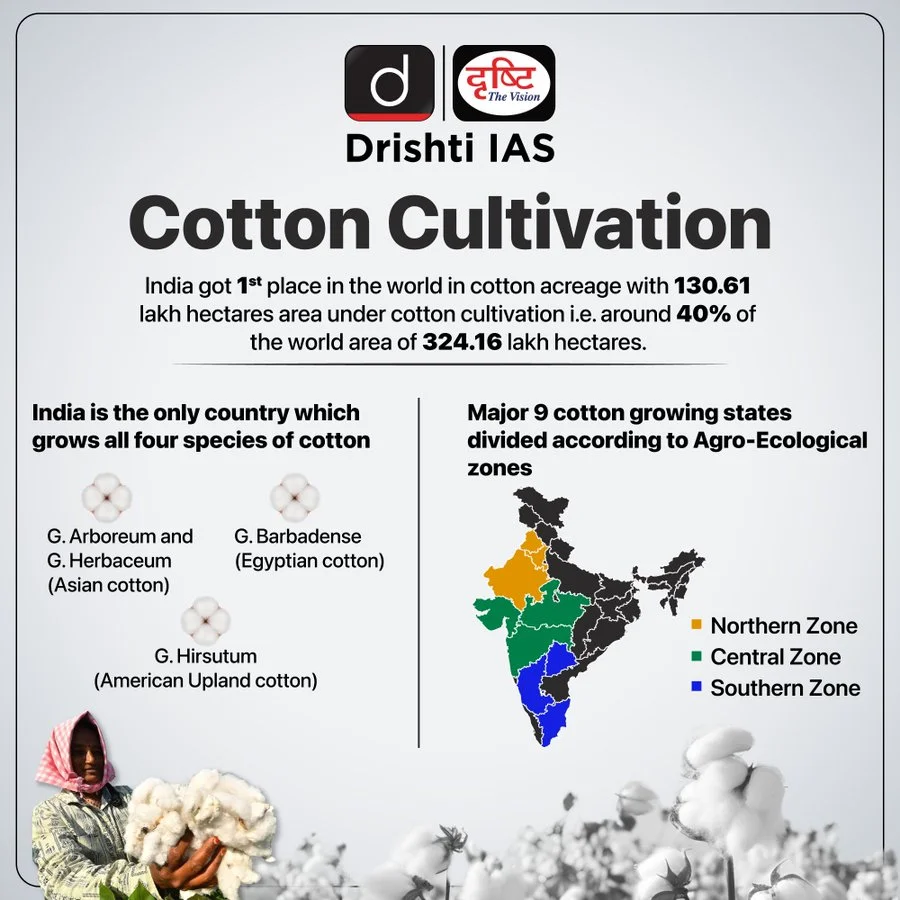Jharkhand Switch to Hindi
Low Patient Turnout at Ayushman Arogya Mandirs
Why in News?
Ayushman Arogya Mandirs operating under the National AYUSH Mission in Barharwa block, Jharkhand, are witnessing low patient footfall. Despite free treatment services, the centers are underutilized due to a lack of awareness, inadequate infrastructure, a shortage of doctors and staff, and the unavailability of essential medicines.
Ayushman Arogya Mandirs (AAMs)
- About: AAM is an attempt to move from a selective approach to health care to deliver a comprehensive range of services spanning preventive, promotive, curative, rehabilitative and palliative care.
- Components: It has two components that are complementary to each other.
- Under its first component, 1,50,000 Ayushman Arogya Mandir will be created to deliver Comprehensive Primary Health Care, which is universal and free to users, with a focus on wellness and the delivery of an expanded range of services closer to the community.
- The second component is the Pradhan Mantri Jan Arogya Yojana (PM-JAY) which provides health insurance cover of Rs. 5 lakhs per year to over 10 crore poor and vulnerable families for seeking secondary and tertiary care.
- Significance: AAMs are envisaged to deliver an expanded range services that go beyond Maternal and child health care services to include care for non-communicable diseases, palliative and rehabilitative care, Oral, Eye and ENT care, mental health and first-level care for emergencies and trauma, including free essential drugs and diagnostic services.
National AYUSH Mission (NAM)
- About: It is a Centrally Sponsored scheme which was approved and notified in 2014.
- Objective: The basic objective of NAM is to promote AYUSH Medical Systems through cost-effective AYUSH Services, strengthening of educational systems, facilitate the enforcement of quality control of Ayurveda, Siddha, and Unani & Homeopathy (ASU & H Drugs) and sustainable availability of ASU & H raw- materials.
Jharkhand Switch to Hindi
Workshop on Filaria Eradication
Why in News?
Under the Filaria Eradication Campaign, a health awareness workshop was organized at Arogya Ayushman Mandir, Chandkopa.
- The event focused on educating villagers about the prevention, symptoms, and treatment of lymphatic filariasis, a mosquito-borne disease affecting thousands across endemic regions.
Key Facts About Lymphatic Filariasis
- About: Lymphatic filariasis (elephantiasis), is a neglected tropical disease (NTD) caused by infection with filarial parasites transmitted through mosquitoes.
-
Prevalence: In 2021, approximately 882.5 million people in 44 countries lived in areas requiring preventive chemotherapy to halt the spread of infection.
- 75% of Mass Drug Administration (MDA) districts are from 5 states Bihar, Jharkhand, UP, Odisha and Telangana.
- Cause: It is caused by infection with parasites classified as nematodes (roundworms) of the family Filariodidea. There are 3 types of these thread-like filarial worms:
- Wuchereria bancrofti (responsible for 90% of the cases)
- Brugia malayi (causes most of the remainder of the cases)
- Brugia timori (which also causes the disease)
- Symptoms: Most infections remain asymptomatic, but chronic cases cause lymphoedema, elephantiasis, and hydrocele, leading to disability and social stigma.
- Treatment and Prevention: The WHO-recommended Mass Drug Administration (MDA) provides annual preventive chemotherapy to at-risk populations to interrupt transmission.
- Global and National Initiatives: The Global Programme to Eliminate Lymphatic Filariasis (GPELF), launched in 2000, aims for elimination through preventive chemotherapy and morbidity management by 2030.
- India’s Mission Mode MDA Campaign, aligned with National Deworming Day (Feb 10 & Aug 10), targets elimination by 2027, three years ahead of the global goal.
Jharkhand Switch to Hindi
19th Death Anniversary of Kanshi Ram Ji
Why in News
The 19th Parinirvan Diwas (death anniversary) of Kanshi Ram, founder of the Bahujan Samaj Party (BSP), was commemorated on 9th October 2025, at Ambedkar Club in Latani, Dhanbad.
Kanshi Ram Ji
- Birth & Early Life: Born on 15th March 1934, in Punjab, he dedicated his life to uplifting the marginalized sections of society and empowering the Bahujan Samaj.
- From an early age, he displayed a deep sense of empathy and compassion towards the plight of oppressed communities.
- He recognized the inherent inequalities perpetuated by the caste system and resolved to challenge the status quo through organized political action.
- Founding of BSP: In 1984, he founded the Bahujan Samaj Party with the objective of uniting the Bahujan Samaj, comprising Scheduled Castes, Scheduled Tribes, Other Backward Classes, and Religious Minorities, into a formidable political force.
- His vision was to provide a platform for the marginalized sections of society to assert their rights and demand their rightful place in the socio-political landscape of India.
- Other Key Organisations: He also founded the All India Backward and Minority Communities Employees Federation (BAMCEF) in 1971, and Dalit Shoshit Samaj Sangharsh Samiti (DS-4) in 1981.
- Death: He died on 9th October, 2006
Jharkhand Switch to Hindi
PM Vishwakarma Scheme
Why in News?
A one-day training and awareness programme on the PM Vishwakarma Scheme was held in Karmatand, Jharkhand, where 163 individuals received hands-on training.
- The initiative aims to empower traditional artisans through skill development, financial support, and integration with modern marketing tools.
Key Points
- Skill Development Focus: Each participant received ₹15,000 for the training programme, including ₹500/day as an incentive.
- The five-day training aimed to upgrade skills of traditional artisans in various trades under the 18 recognized trades in the scheme.
- Financial Assistance: First loan installment of ₹1 lakh at a subsidized 5% interest rate helps trained artisans scale operations or start micro-enterprises with minimal credit risk.
PM Vishwakarma Scheme
- Launch Year: 2023
- Type of Scheme: Central Sector Scheme
- Nodal Ministry: Ministry of Micro, Small & Medium Enterprises (MSME)
- Eligibility: Traditional artisans and craftsmen (above 18 years of age) engaged in 18 identified trades.
- Benefits:
-
Registration & Recognition: Get Vishwakarma Certificate and ID Card.
-
Credit Support:
- Collateral-free loans of ₹1 lakh and ₹2 lakh.
- 5% interest rate (Govt. gives 8% subsidy).
- No credit guarantee fee (Govt. pays it).
- Skill Upgradation: 5-day basic training and 15+ days advanced training; ₹500 daily stipend during training.
- Toolkit Incentive: ₹15,000 via DBT or e-vouchers for tools.
- Other Benefits: Digital inclusion, market linkages, and business support.
-
- Target: Uplift and integrate artisans and craftsmen into the formal economy.
- Total Outlay: Rs 13,000 crore for 5 years 2023-24 to 2027-28.
Jharkhand Switch to Hindi
Tribal Protest Against Inclusion of Kurmi Community in ST List
Why in News?
A large-scale protest and sit-in (dharna) was held outside in Chandil by tribal social organisations. The protest was aimed at opposing the demand to include the Kurmi (Kudmi) community in the Scheduled Tribes (ST) list.
- A delegation submitted a memorandum addressed to the President of India, demanding that the government not include Kurmis in the ST list.
Reasons Behind Tribal Opposition to the Inclusion of Kurmis in the ST List
- Perceived Threat to Tribal Identity: Tribal speakers asserted that including Kurmis in the ST list undermines the distinct identity, traditions, and constitutional rights of existing tribal communities.
- Tribal organisations from Jharkhand, Bihar, Odisha, and West Bengal expressed unity in opposing the move.
- Historical & Cultural Grounds: Protesters referenced tribal icons like Birsa Munda, Sidho-Kanhu, Budhu Bhagat, and Ganga Narayan Singh, emphasizing that the tribal identity is rooted in a unique socio-cultural history, distinct from that of Kurmis.
- Opposition to ‘Rail Roko’ Movement: The ongoing "Rail Teka Andolan" (Rail Blockade Movement) by Kurmis for ST status was criticized by tribal leaders as an unjust pressure tactic that challenges tribal autonomy.
Kurmi Community
- About: Kurmis are mainly a peasant community, with their population concentrated in the Junglemahal areas or the Chota Nagpur plateau of West Bengal, Jharkhand, and Odisha, and a few bordering areas of Bihar.
- Background of Caste Status: Kurmis were included among the communities classified as STs in the 1931 Census and were excluded from the ST list in 1950.
- After 1950, when the ST list was prepared in independent India, Kurmis did not find a place on it.
- The Kurmis argue that in the British era, various documents listed them as a tribe and an aboriginal community of India, and they want that identity restored. Also, they claim to follow the religious rituals of STs.
- In 2004, the Jharkhand government recommended that the community be added to the ST list rather than be categorised as OBCs.
- After 1950, when the ST list was prepared in independent India, Kurmis did not find a place on it.
Jharkhand Switch to Hindi
Tributes Paid to Quit India Movement Martyrs
Why in News?
A tribute ceremony was held on 8th October 2025 in Patamda to honour the freedom fighters of the 1942 Quit India Movement. The event was jointly organized by the Rashtra Shaheed Samman Samiti of Patamda and Bodam.
- Local Leaders and Martyrs involved in QIM were Bhajhari Mahato, Laxman Mahato, Madiram Mahato, Bipra Mahato, Ratan Majhi, Judan Mudi, and Durga Charan Singh.
Quit India Movement
- Launch and Purpose: Launched by Mahatma Gandhi on 8th August 1942 during the All-India Congress Committee session in Bombay, the movement demanded the immediate end of British rule following the failure of the Cripps Mission.
- Gandhi's Call: Gandhi gave the powerful call of “Do or Die” at the Gowalia Tank Maidan (now August Kranti Maidan), urging Indians to demand an immediate end to British rule.
- Slogan & Symbolism: The slogan “Quit India” was coined by Yusuf Meherally, a socialist and trade unionist from Bombay, who had also created the earlier slogan “Simon Go Back.”
- During the movement, Aruna Asaf Ali became a prominent figure, famously hoisting the Indian flag at the Gowalia Tank maidan as a symbol of defiance.
- Rise of New Leaders: New leaders like Dr. Ram Manohar Lohia, Jayaprakash Narayan rose to prominence during this movement.
- Women also played a significant role, leading protests and sacrificing their lives, such as Matangini Hazra, who died with the Tricolour in hand, and Sucheta Kripalani, who later became India’s first female Chief Minister (Uttar Pradesh).
- Nature of the QIM: The QIM was distinct from earlier peaceful protests like Non-Cooperation and Civil Disobedience, as it was a mass uprising demanding the complete withdrawal of British rule.
- Though Gandhi emphasized non-violence, the movement was accommodating of violence in self-defense. It allowed spontaneous actions like sabotage and guerrilla attacks against British properties.
- Widespread protests, strikes, and sabotage erupted across India, with students and youth taking the lead, especially in urban centers, after Congress leaders were arrested.
- The Muslim community largely stayed absent from the QIM, it was seen as a Hindu nationalist cause, highlighting the growing communal divide and the Muslim League's push for a separate state.
- Legacy: The movement became a key turning point in India’s freedom struggle, demonstrating unity and determination that ultimately led to the end of British rule.
- The Quit India Movement was a watershed moment that shaped India’s future politics. In his speech at Gowalia Tank Maidan, Gandhi said power would belong to the people of India. The movement marked the freedom struggle truly belonging to “We the People.”
Jharkhand Switch to Hindi
Phulo-Jhano Scheme
Why in News?
A Jharkhand State Livelihood Promotion Society (JSLPS) review meeting in Chaibasa, chaired by Deputy Development Commissioner (DDC), reviewed Phulo Jhano Aashirvad Abhiyan progress and livelihood activities in West Singhbhum.
Phulo Jhano Aashirvad Abhiyan (PJAA)
- About: The PJAA aims to end the practice of making and selling haria (country liquor) in rural areas.
- Launched by the Rural Development Department in September 2020, it empowers women by providing them with dignified and sustainable livelihood opportunities.
- Purpose and Vision: The initiative seeks to rehabilitate and mainstream women previously engaged in the liquor trade by providing them with respectable and sustainable income sources.
-
The campaign is designed to promote economic independence, social inclusion, and women empowerment at the grassroots level.
-
-
Support Mechanism: Under this initiative, Self-Help Group (SHG) members are entrusted with reaching every affected household and ensuring necessary support.
- Interest-free loan up to ₹10,000 through Sakhi Mandal to start new ventures.
- The scheme provides technical support, handholding, and counselling to help women shift from liquor production to sustainable livelihoods.
- Achievements:
- Total women identified: 15,284 (through door-to-door survey)
- Women rehabilitated: 14,003 women now earning a dignified livelihood through alternative income-generating activities.
National Current Affairs Switch to Hindi
World Cotton Day 2025
Why in News?
Union Ministers Shri Giriraj Singh and Shri Pabitra Margherita attended the World Cotton Day 2025 celebration in New Delhi on 7th October.
- The event was jointly organised by the Ministry of Textiles and the Confederation of Indian Textile Industry (CITI), with the theme "Cotton 2040: Technology, Climate & Competitiveness."
Key Points
- About: World Cotton Day was established in 2019 when four cotton-producing countries in sub-Saharan Africa—Benin, Burkina Faso, Chad, and Mali, collectively known as the Cotton Four—proposed to the World Trade Organisation the idea of celebrating World Cotton Day on 7th October.
- Objective: It aims to create awareness of the need for market access for cotton and cotton-related products from least developed countries, foster sustainable trade policies and enable developing countries to benefit more from every step of the cotton value chain.
- Interesting Facts About Cotton:
- The top five cotton-producing countries are China, India, Brazil, the United States of America, and Pakistan, which together account for more than three-quarters of global production.
- India is the largest producer of cotton globally, accounting for 23% of total global cotton production.
- Cotton sustains about 24 million growers and benefits over 100 million families globally.
- Cotton is the second-most used fibre globally after polyester, making up approximately 20% of total fibre demand.
- Approximately 80% of cotton is used in apparel, with the remainder used in home textiles and industrial products.
- The top five cotton-producing countries are China, India, Brazil, the United States of America, and Pakistan, which together account for more than three-quarters of global production.
- Governance in India: The Cotton Corporation of India (CCI), established in July 1970 under the Ministry of Textiles, stabilises cotton prices through price support measures and supports the domestic textile industry with commercial purchasing operations, especially during the lean season.

.gif)

.png)





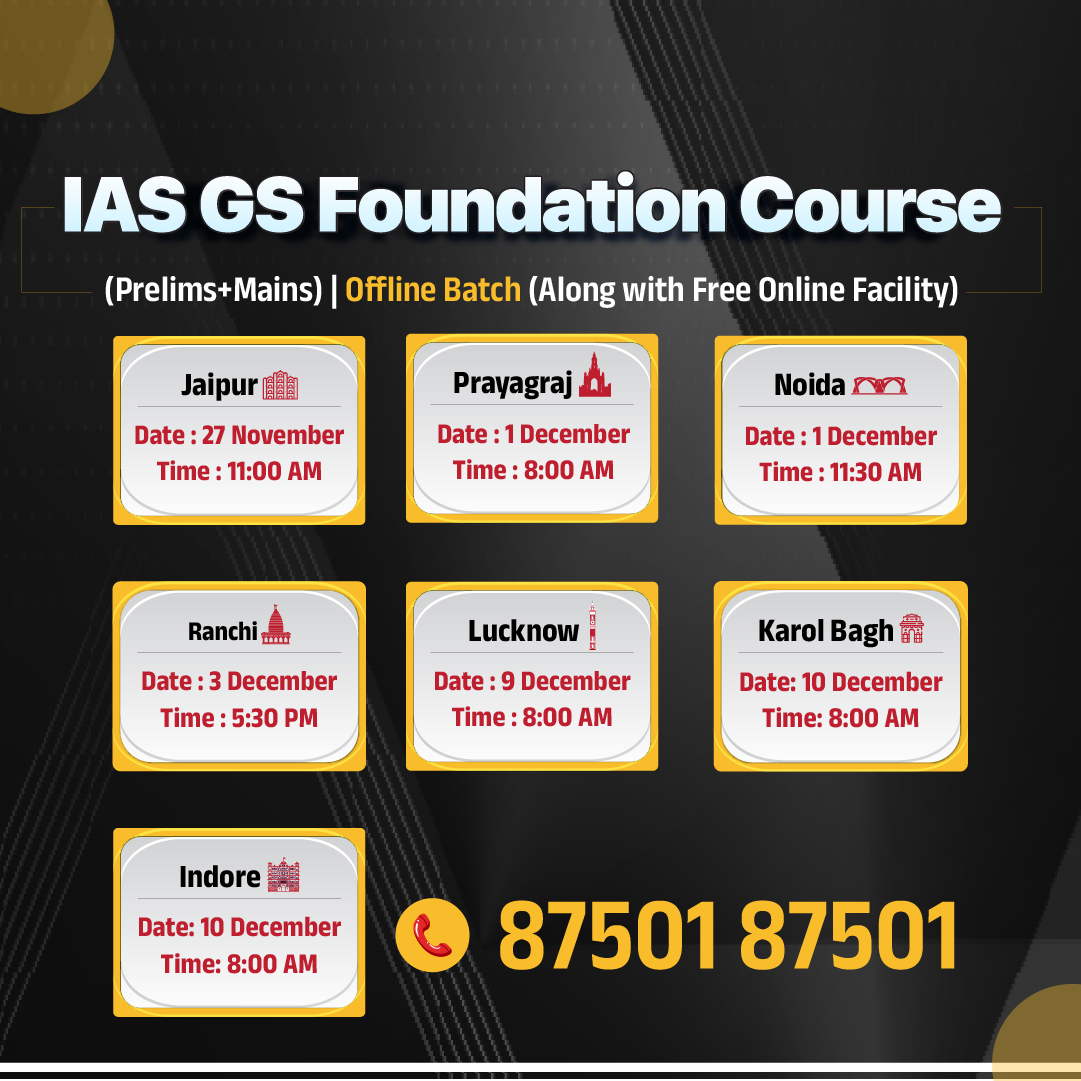



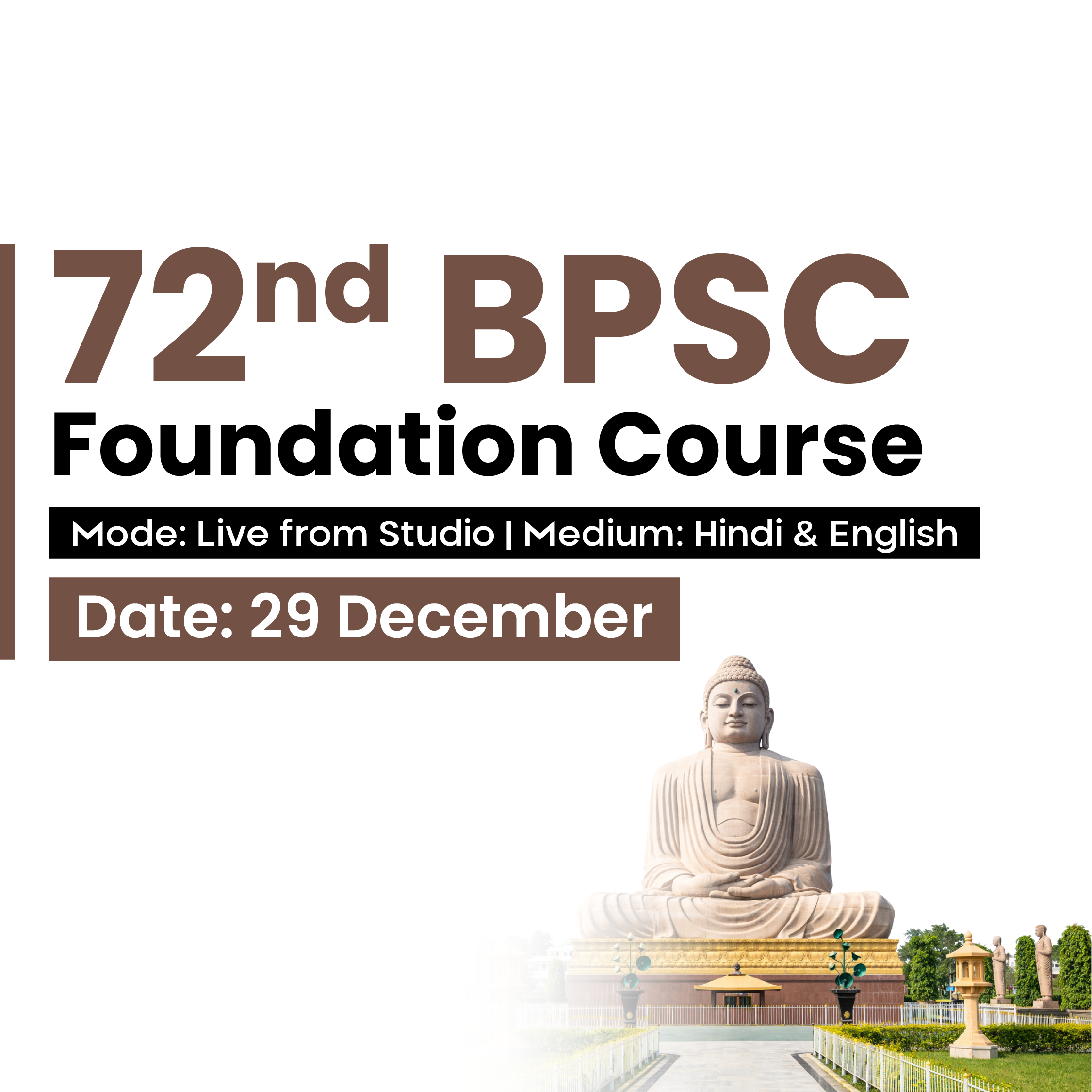

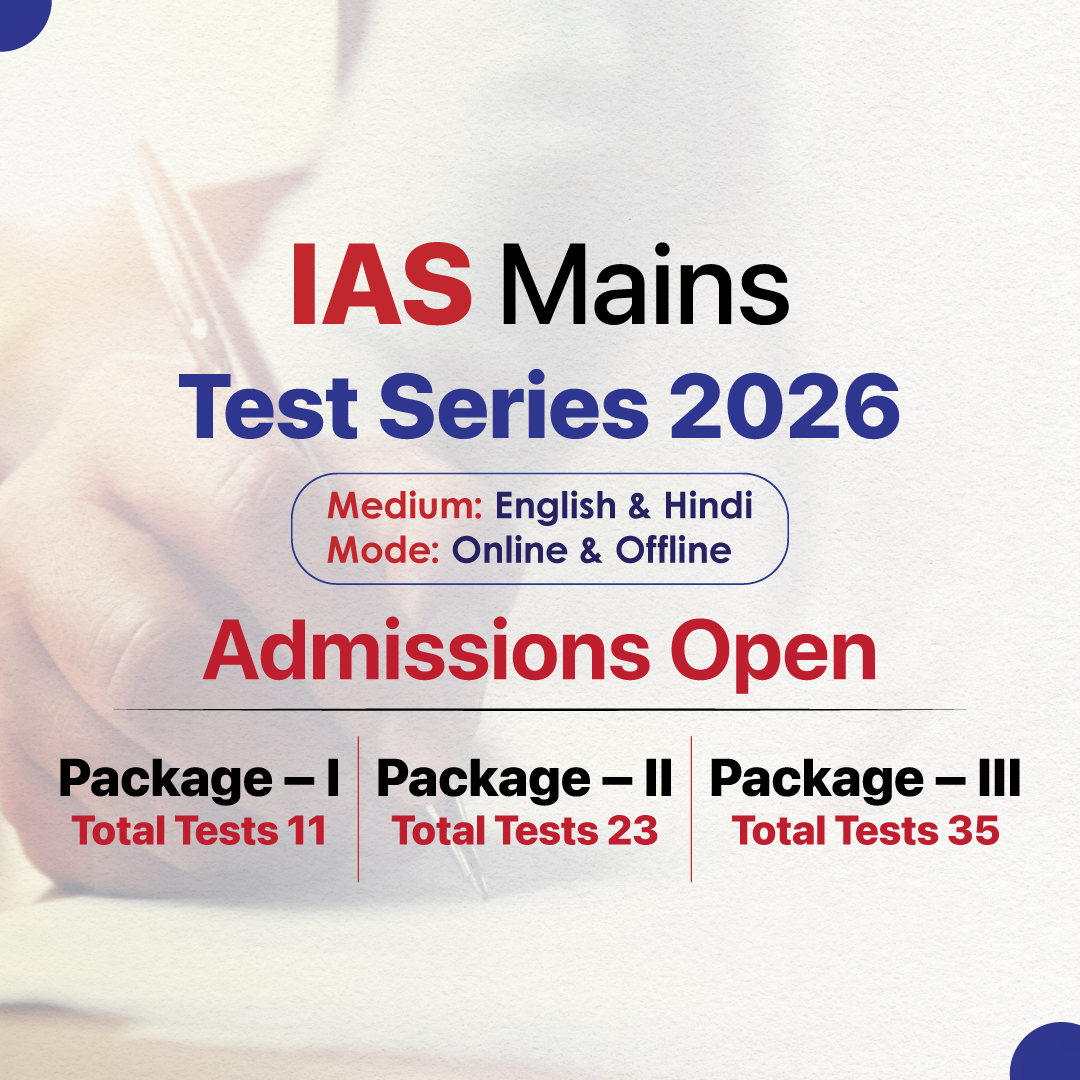




.png)


.jpg)

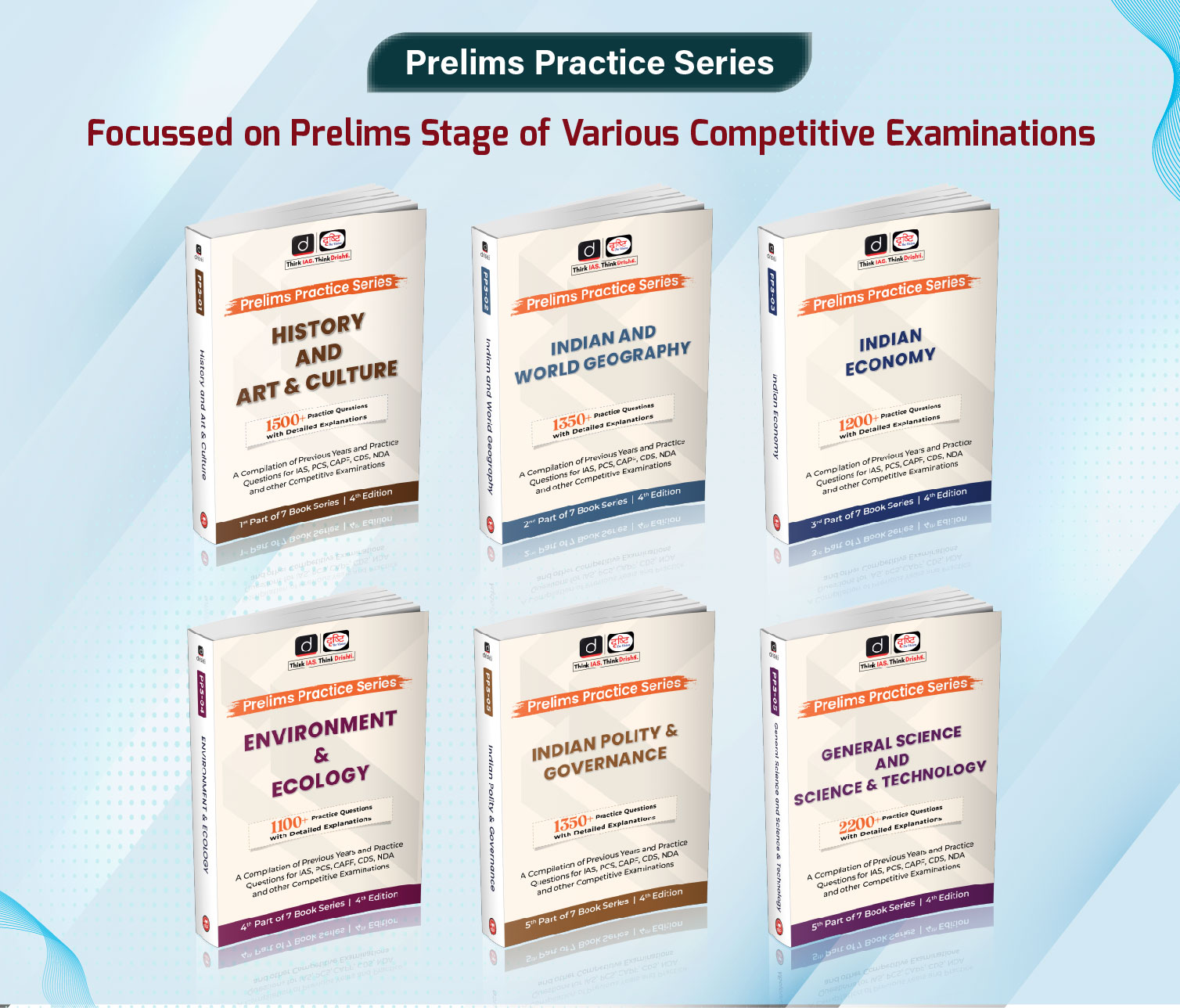

 PCS Parikshan
PCS Parikshan
